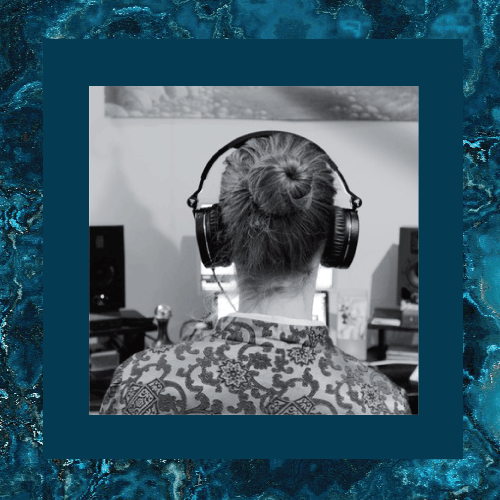Using LANDR As a Creative Tool

Bennet Dobni is a Montreal based composer, musician, electro-acoustic student and in general, an all around cool guy. We asked him to work LANDR into his process and see how it fit with his flow and creative trajectory.
Dobni’s projects have included; Moonbahn, Watering, as well as having played in Doldrums and Karneef. Currently working on his school thesis this year: a multi-channel electroacoustic piece inspired by brutalist architecture. He experimented with LANDR and came up with an cool piece in under half an hour.
Read how he did it:
I am often easily distracted while composing music in my digital audio workstation; there is a nearly infinite body of elements to constantly factor in, from elementary choices involving instrumentation, to constant mix tweaking during production. It is important to practice focusing on just a few elements at a time rather than trying to tackle the whole project at once.
I found LANDR to be useful in assisting the music realization process: in the making of my short track, ‘Prenzlauer Berg’, I began with the repetitive clarinet line, the ‘theme’ melody. Once recorded, I decided to quickly add a live delay manipulation and commit it directly to the audio file of the clarinet. I moved onto the rhythm section parts to support the melody, improvised a simple but effective acoustic bass part, wrote a complimentary drum pattern, and mapped out a simple arrangement consisting of entrances and exits of parts, embellished with drum fills. It took no more than thirty minutes to complete the song, and the mood of the track became immediately very clear. The individual track ‘volume’ levels were the only adjustments made to the mix.
To see if I could encourage the overall presence and sonic identity of the different instruments, I began running each track separately through LANDR. This became even more necessary as more layers were added to the track – nuances in the original clarinet delay part were becoming buried. First I processed the drum bus, as the snare and toms were dominating the mix while the overhead materials and kick were almost entirely lost.
I downloaded the drum track from LANDR containing everything I was missing. In fact, the mastered track had even more than I was looking for; the results were that of finished audio items. I continued to run each of the remaining tracks through LANDR, each time receiving surprising and unique results, generally extracting what my mix was missing to a level where plenty of what I needed became available.
The process became quite fluid, I was able to drop tracks [stems] into LANDR while working simultaneously on composing new parts, such as the pizzicato violas and the modular synth parts. When I had a moment to spare, I would add the mastered stems to the project environment and continue in the composition without worrying about the mix elements.
To add a higher level of control to the process, I chose in some cases [drums and clarinet] to incorporate the LANDR mastered stems with the original in parallel, both versions playing back together, allowing for side by side adjustment to foster the benefits of both versions. On other tracks [bass and modular synth], I only used the LANDR versions.
Gear guides, tips, tutorials, inspiration and more—delivered weekly.
Keep up with the LANDR Blog.
Latest posts




